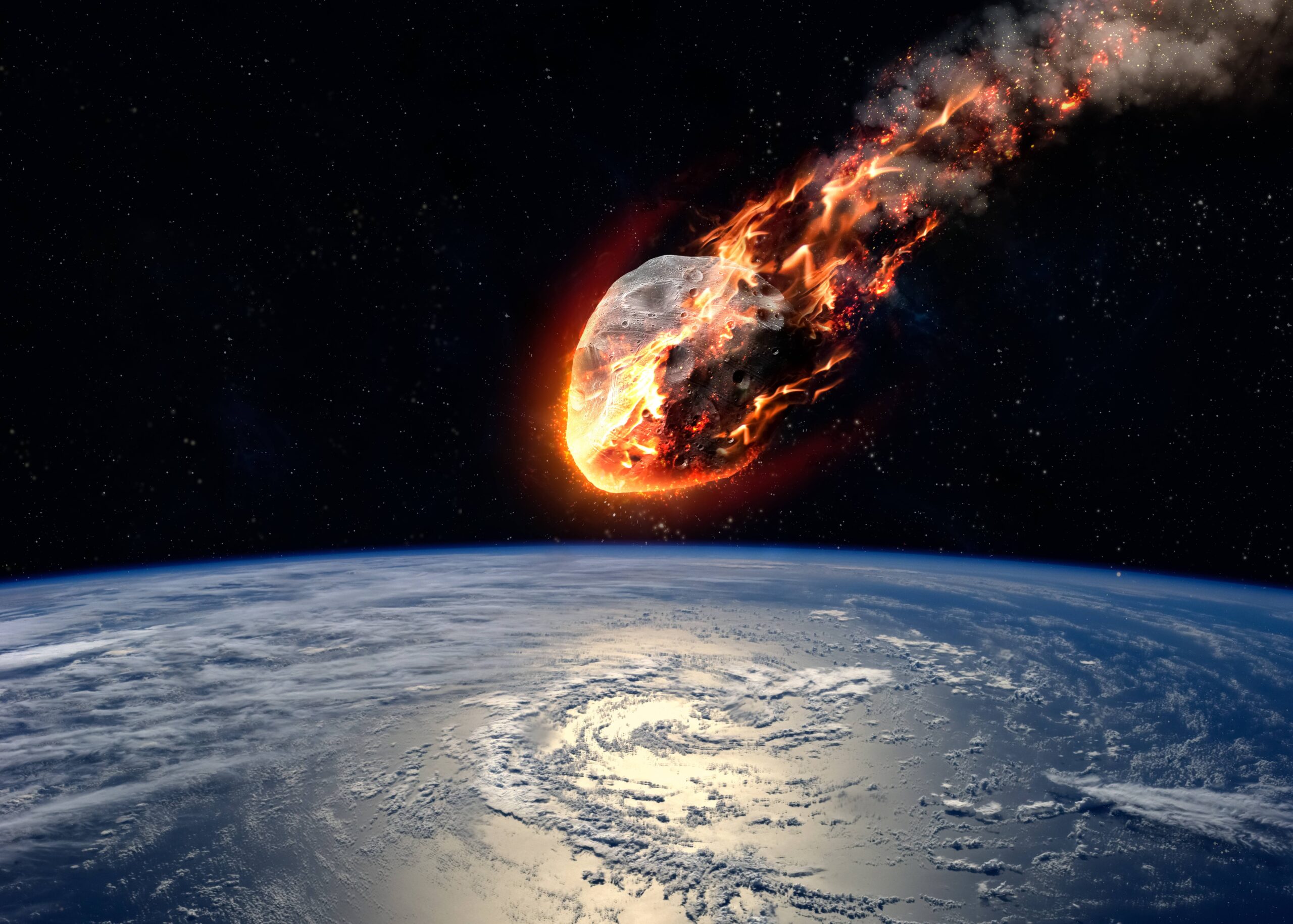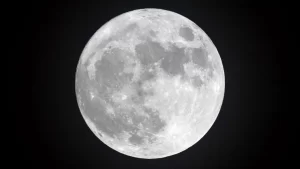Scientists have confirmed that the massive asteroid that struck Earth 66 million years ago and wiped out the dinosaurs was not the only one. Around the same time, another, smaller space rock crashed into the ocean off the coast of West Africa, leaving behind a sizable crater. According to the scientists, it would have been a “catastrophic event,” tearing over the Atlantic Ocean with a tsunami at least 800 meters high. Heriot-Watt University’s Dr. Uisdean Nicholson made the initial discovery of the Nadir crater in 2022, but there was some doubt as to how it was actually formed.
Currently, Dr. Nicholson and his associates are certain that an asteroid crashing into the seafloor is what caused the 9 kilometer depression. It is impossible to pinpoint the exact date of the incident or determine if it occurred before or after the asteroid that produced the 180 km-wide Chicxulub crater in Mexico. That one put a stop to the dinosaurs’ rule. However, they also claim that the smaller rock appeared when they went extinct at the end of the Cretaceous epoch. It was going to create a fireball as it slammed into Earth’s atmosphere. Imagine that you are in Edinburgh, some 50 kilometers away, and the asteroid is headed towards Glasgow. Edinburgh’s trees and vegetation could catch fire from the fireball, which would be roughly 24 times larger than the sun in the sky. Physician Nicholson says.
There would have been a tremendous boom in the air and then roughly the equivalent of a magnitude 7 earthquake in seismic activity. Large volumes of water most likely left the seafloor and then cascaded back down, leaving distinctive footprints on the ground. Such massive asteroids striking our planet in such close succession after colliding with our solar system is unprecedented. But the experts don’t know why two impacted Earth close together.
The 450–500 m diameter asteroid that left the Nadir crater is estimated by astronomers to have struck Earth at a speed of 72,000 km/h. The Tunguska incident in 1908, in which a 50-meter-long asteroid erupted in the skies over Siberia, was the closest human experience with an event of this size. Bennu, the most dangerous object currently orbiting Earth, is roughly the size of the Nadir asteroid. NASA reports that scientists believe the most likely date for Bennu to strike Earth is September 24, 2182. However, the likelihood is still only 1 in 2,700.
This magnitude of an asteroid impact has never been recorded in human history, and typically, scientists are forced to examine photos of craters on other planets or eroded craters on Earth. Dr. Nicholson and colleagues examined high-resolution 3D data from TGS, a geophysical company, in order to gain a deeper understanding of the Nadir crater. Since this crater was well-preserved, the scientists were able to probe further into the rock layers than they could have with most others.
With only 20 marine craters worldwide, none have been thoroughly examined like this, adds Dr. Nicholson. “This is the first time that we have ever been able to view inside an impact crater like this—it is incredibly fascinating.”









Hi, this is a comment.
To get started with moderating, editing, and deleting comments, please visit the Comments screen in the dashboard.
Commenter avatars come from Gravatar.